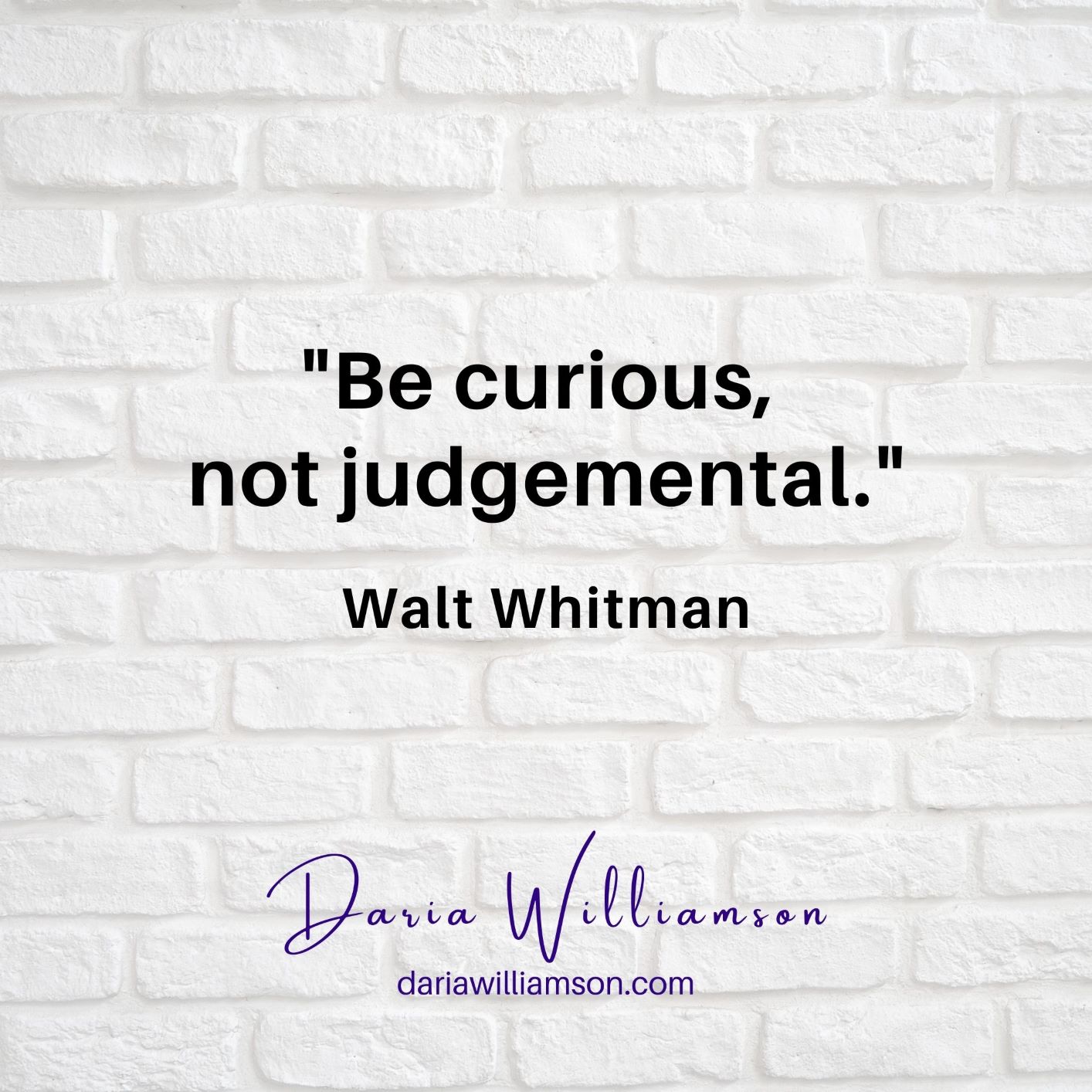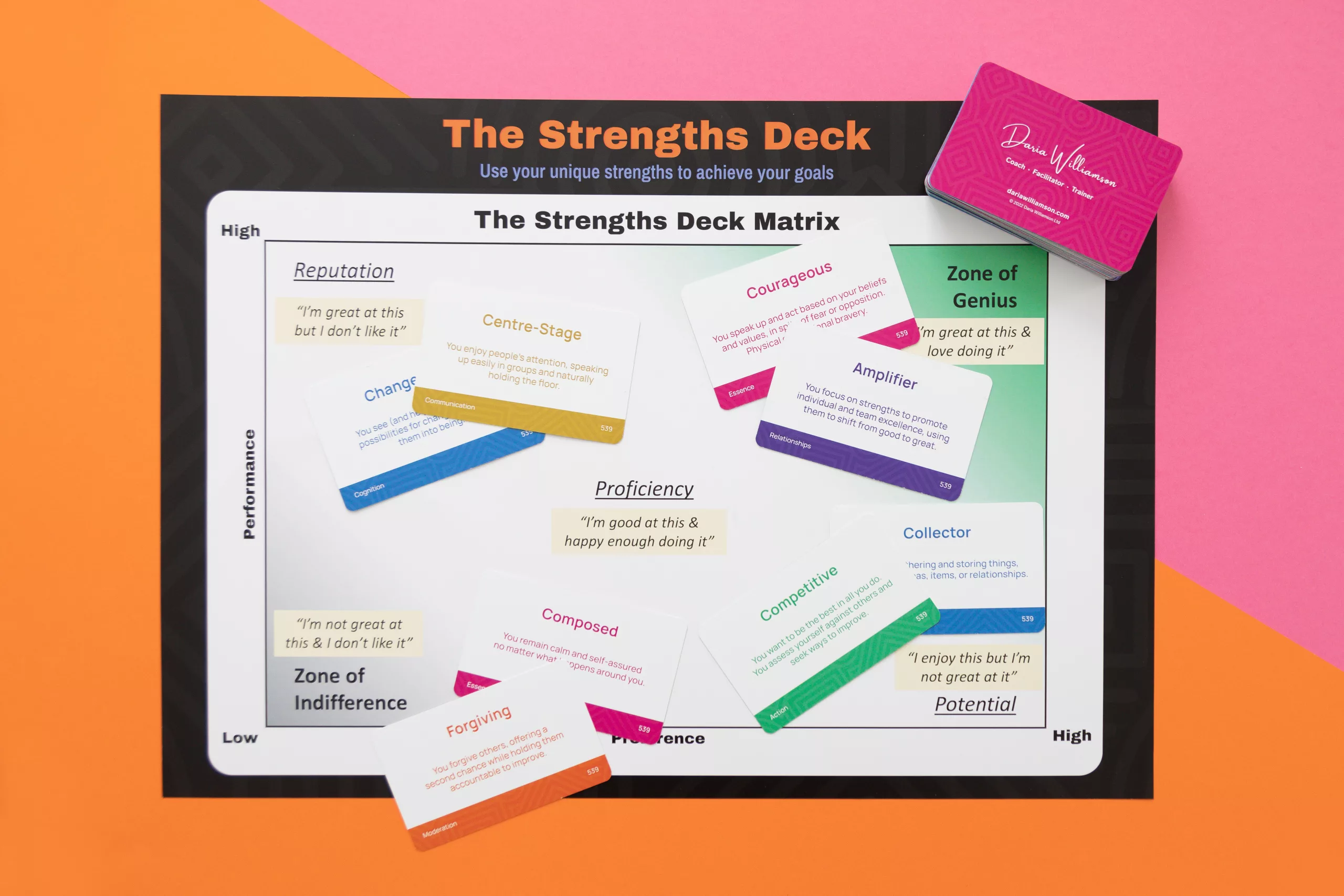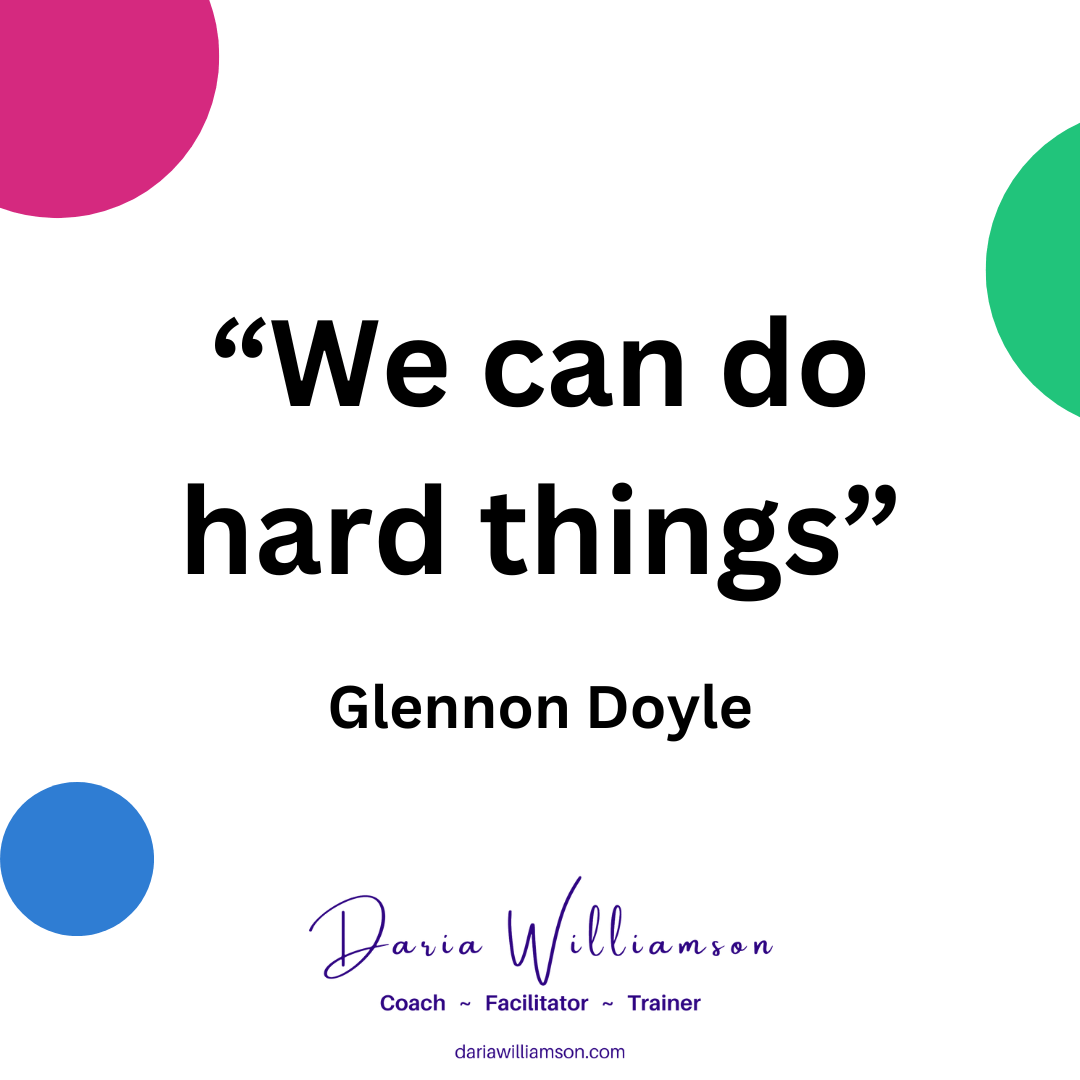A large part of modern work and life centres on communication. But how often have you been surprised when someone misinterprets something you’ve said? When it happens, we shake our heads at the other person’s inability to understand us, assuming that the error lies at their end. After all, what we were saying was really clear (to us, anyway).
This scenario happens to us over and over again, in all areas of our lives. Sometimes we are the person who is misunderstood, and sometimes we’re the one who misunderstands. No one is immune. So, how does it happen, and what can we do to get our message across with greater clarity?
When communication goes bad
It’s easy to understand how miscommunication can happen when one person isn’t speaking their first language. But so often, miscommunications happen between people who speak the same first language and were brought up in the same culture. We can’t blame an incomplete understanding of the language for this.
What’s going on here? Well, strange as it may sound, even when we’re using the exact same words, we don’t mean the same thing. How we define words is unique and personal, heavily shaped by our past experiences. And try as we might, we can never accurately capture the richness of those meanings in the words we use.
What colour is your ‘blue’?
Many years ago, a wise woman told me “What you mean by ‘blue’, and what I mean by ‘blue’ are totally different. We can’t ever really “get” what the other person means until we understand what their ‘blue’ looks like.” It took me a while to understand what she meant! But it’s now a rule of thumb that I apply when I’m in a high-stakes communication situation – I need to know the colour of the other person’s ‘blue’.

Try it for yourself
Grab a friend and ask them to do a quick thought experiment with you. Ask them to think of the word “blue”, and note down their description of the colour (including shade, intensity, what feelings it creates in them, what memories they have associated with it), while you do the same. When you’re ready, share your description of “blue” with each other. What was similar? What was different?
Now, if something as simple as a colour produces so many differences in thinking, imagine how tricky it is when we use abstract words like “freedom”, “responsibility”, “leadership” and so forth.
A real-life example
I recently made a comment to a group that it isn’t possible to motivate another person (see Dan Pink’s book Drive [non-affiliate link to Amazon] for a full explanation of this idea). Someone in the group responded that it is very easy to motivate others – with an external threat of punishment for failure, or promise of reward (which might be merely the absence of punishment) for success.
When I said motivate, I was referring to the internal drive to stick with something through ups and downs, regardless of any external incentives or disincentives. The word I would use for what my colleague was talking about is compliance which is reliant on an external force. We had completely different definitions of motivation.
If we had tried to continue the conversation about motivation without uncovering the fact that we are talking about completely different mental, emotional and psychological processes, we could both have become frustrated by the other person’s inability to “get” what we were talking about. Uncovering the difference meant we were able to talk about the two distinct concepts and how they operate individually and together within the organisation.
What is the point of communication?
Any time that we communicate, whether through words, facial expression or body language, we are attempting to connect with another person. To me, the very essence of what it means to be human is connection. I think of “connection” as a shared moment (or series of moments) in which meaning is created between two individuals.
Except in rare cases of personality, experience, or certain variations in brain architecture, most people will actively seek to connect with other human beings. It can be something as simple as walking down the street and smiling when you catch someone’s eye, chatting with colleagues at meal breaks, through to a lifelong relationship involving intense conversations about life, the universe and everything (thanks, Douglas Adams!)
Communication is the vital underpinning of our connections, our relationships. How we communicate can make or break those relationships.
Communication clarity
Let’s start by defining clear communication. Clear communication is when the message we intend to send is the one received by our communication partner, and when we receive the message that our communication partner intended to send to us.
Sending communication
Words
The words we choose matter greatly. Not only the distinction between words (like compliance and motivation) but also in how we put our words together. For example, saying “why can’t you just x?” puts the receiver in a defensive position, because we’re making it sound like “x” is:
a) obvious,
b) easy, and
c) the only choice.
Think about how the conversation might change if we asked “What would happen if you tried x?”, or “What alternatives have you looked at?”. Instead of putting the other person on the spot to defend their position, we’re opening the conversation up to discuss possibilities and options.
Tone
The emphasis and inflection we use matter. Think of how many different ways you can say “Good job!” What meaning does each way convey? Which ones are positive and supportive, and which ones will shut the conversation, and the person, down?
Facial expression
The picture should match the words. If we are congratulating someone, but not smiling (or worse, frowning or looking bored!), they’ll feel the impact of our expression far more quickly and deeply than our words. The opposite is true – if we are congratulating someone, smiling widely and making eye contact, they’ll get a double-whammy of good feelings, because the picture and the words match.
Body language
Our inner state “leaks” out through the way we hold and move our body. But the same body language can be interpreted different ways, depending on what else is going on in the conversation. Maintaining an awareness of how your body language might be perceived can help you adjust it to align with your message.
Consider these examples of body language and possible interpretations:
- Fidgeting (lack of confidence, discomfort with the subject matter, distraction, excitement)
- Turning away (disinterest, something to hide)
- Frowning (concentration, frustration, concern)
- Leaning back (disinterest, power move, relaxation)
- Tapping foot/pen (impatience, annoyance, excitement)
- Turning towards (interest)
- Putting down what we’re holding (concentration)
- Leaning forward (interest, engagement, threatening)
- Sitting/standing quietly (calm, peace, bored)
- Smiling (positivity, encouragement, mocking)
What is unsaid/not done
Communication is not just what we send, it’s also what we’re not sending.
| When we don’t… | It can be interpreted as… |
| Ask how someone is at the start of a conversation | Being unfriendly and/or extremely task-focused |
| Make eye contact, especially with higher-status individuals | Respect or lack of respect (depending on the national culture) |
| Say “please” and “thank you” | Rudeness, lacking manners |
| Ask others for input | Arrogance, being a “know-it-all” |
| Acknowledge the efforts and input of others | Feeling threatened and/or taking credit for other people’s work |
Receiving communication
Listen fully
What is being said? What is not being said? How is the sender using tone of voice, facial expression and body language? Do they appear tense or relaxed? Are they coming across as engaged or defensive? Do their non-verbal behaviours support the words they are using, or undermine them?
One of the most common errors we make in communication is that we get so busy thinking up the next thing we’re going to say that we don’t listen to our conversation partner. It’s helpful to remind ourselves of the old adage that we have two ears and one mouth!
You aren’t learning anything while you’re talking.
Lyndon B. Johnson
Ask questions
Questions let us explore the message in order to understand it more fully. Ensure that your questioning comes from a place of a desire to understand, rather than to “tell” something. Edgar Schein’s book Humble Inquiry [affiliate link to Amazon] is a great starting point for understanding how we use questions. I’ve previously written about the difference between toxic and positive questions.

Reflect back
Summarise what you’ve understood from your conversation partner. Include not just what they said, but how they said it – check in with them regarding how they seem to feel about what they’re saying. Is this an important topic to them, or something they really aren’t deeply invested in? What does that mean for the ongoing conversation?
Ask them if there is anything you have missed, or not understood. Offering your conversation partner a chance to clarify means that you’re both more likely to be on the same page as you continue the conversation.
Guiding principles of communication
Many years ago I was introduced to Development Dimensions International’s five communication principles:
- Maintain or enhance self-esteem
- Provide support without removing responsibility
- Share thoughts, feelings and rationale
- Ask for help and encourage involvement
- Listen and respond with empathy
These principles are nuggets of pure gold – you can approach even the most challenging of conversations using them. I have conducted some really tough conversations in both my professional and personal life using these principles, and they really work to help shape a productive conversation. Of course, they aren’t a magic wand (wouldn’t it be nice if we had one of those?), but they are a great tool for the toolbox. Next time you find yourself facing a challenging situation, ask yourself how you can apply one or more of the above principles to the conversation. I bet you’ll be glad you did!
Expanding your communication skills
If you’d like to develop your own communication skills, or improve the quality of communication within your organisation, I can support you with a tailor-made programme, blending training and coaching to help you meet your goals. I’d love to talk about how I can help – feel free to send me an email, give me a call, or get in touch via the contact form.
References
Links open in a new tab
Development Dimensions International – Navigating COVID-19: Using Key Principles in a Crisis





